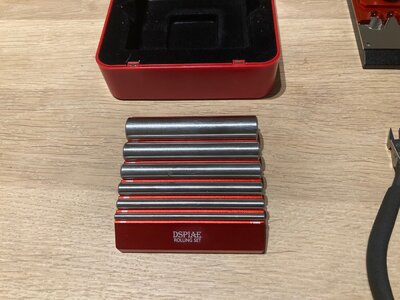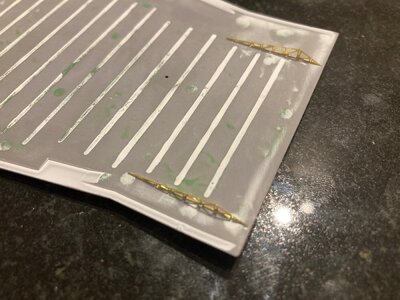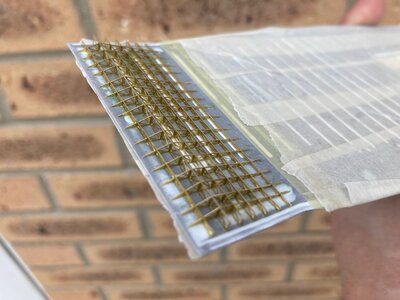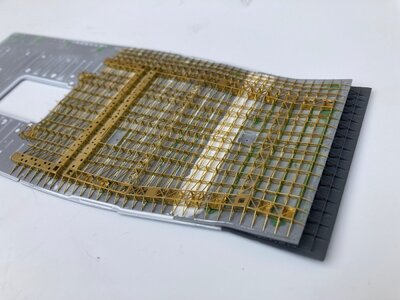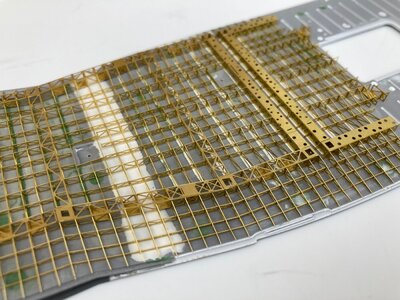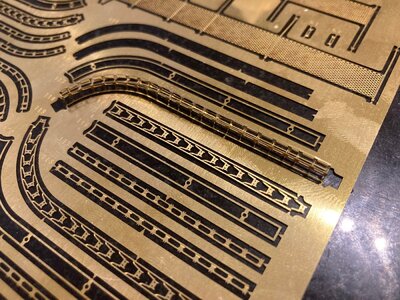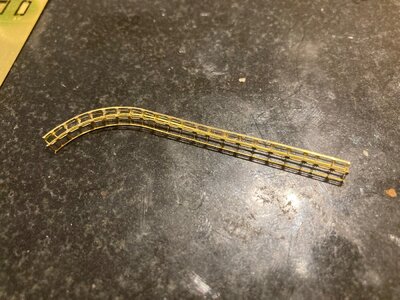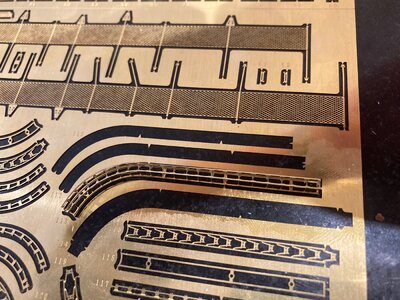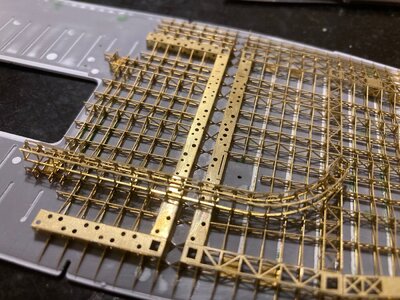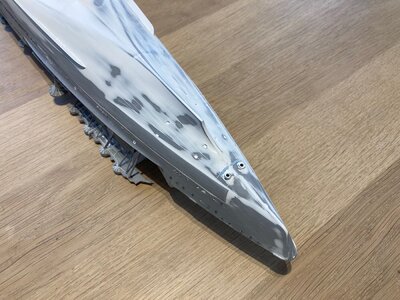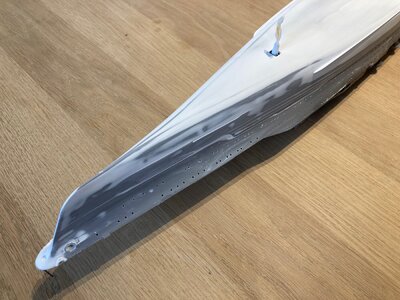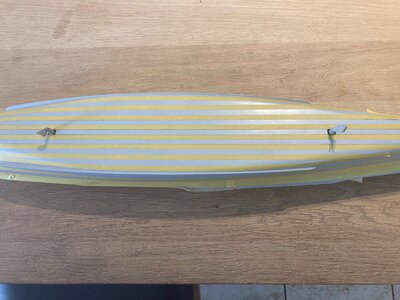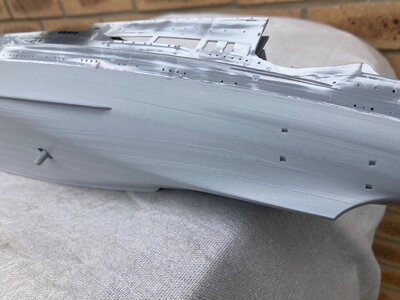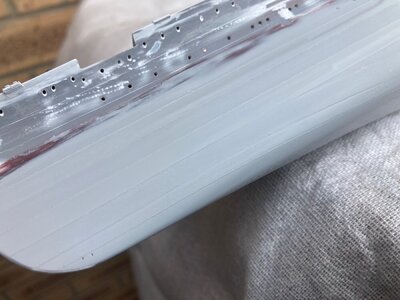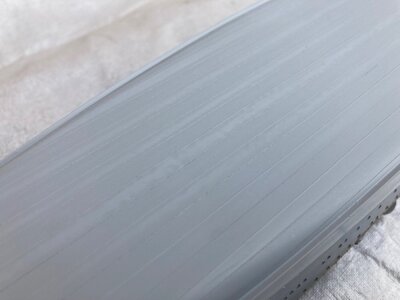I just noticed that those stairs are missing altogether in my Hasegawa 1/700 version and also in both Tetra detail sets.Thanks Guys
The half plastic, half PE railing is Hasegawa's design of their detail up parts.
Kind Regards
Nigel
Not only that, but for while the gaps for these stairs exist on the Tetra instruction, some railing gaps for these stairs are missing on the actual parts.
Surprising, looks like Tetra started on them, but changed their minds/forgot they existed.
I might need to get some generic PE stairs to fix this.
Last edited:






